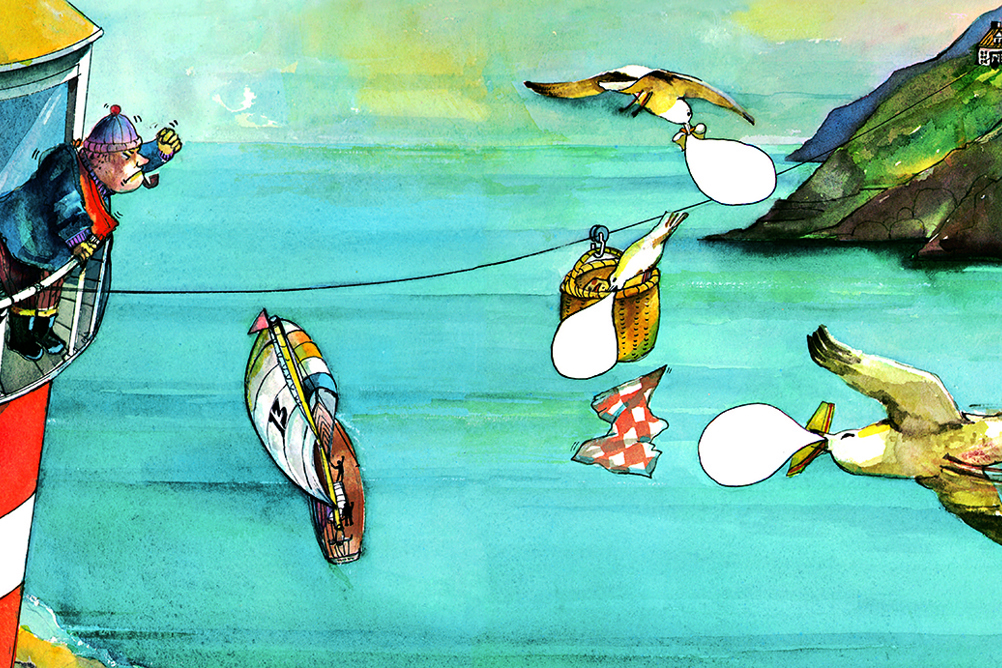
An unsuspecting toy fox was taken for a speedy ride by children at Milford Pre-school Plus in Hampshire as they tested their critical thinking skills and investigated zip lines.
The children were fascinated by the idea of a zip line after sharing The Lighthouse Keeper's Lunch by Ronda and David Armitage. In the book, a very long zip line is strung between Mr Grinling's home perched high on the cliffs and the lighthouse on the rocks in the sea below. It is used by his wife for delivering lunch each day in a basket clipped on to the wire.
‘As I was reading the book, I pointed out the zip line and we wondered how they got the zip line from the cottage all the way down to the lighthouse,’ says manager Sarah Rix. ‘It inspired some of the children to start thinking about making their own zip line in the setting and considering where would be best to put it.’
Register now to continue reading
Thank you for visiting Nursery World and making use of our archive of more than 35,000 expert features, subject guides, case studies and policy updates. Why not register today and enjoy the following great benefits:
What's included
-
Free access to 4 subscriber-only articles per month
-
Unlimited access to news and opinion
-
Email newsletter providing activity ideas, best practice and breaking news
Already have an account? Sign in here
